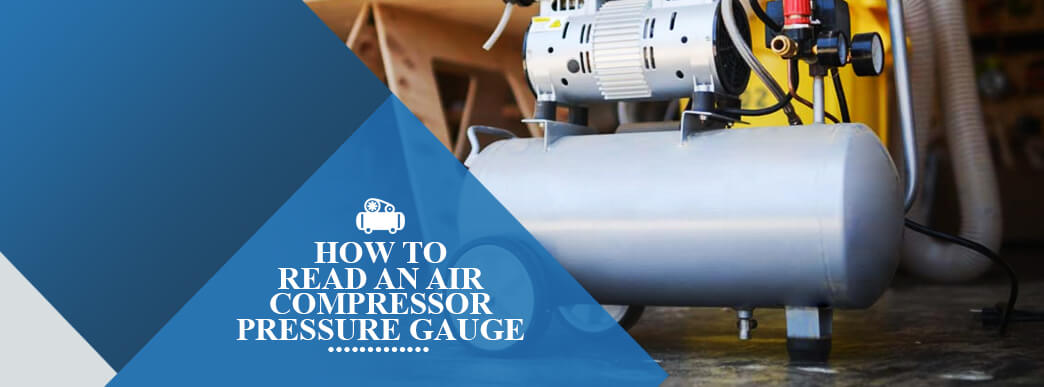How To Pressure Test Pool Lines With Air Compressor

I thought that the test was done with water but why would there be an air valve.
How to pressure test pool lines with air compressor. Cyclone pool line blowers on the other hand have low and consistent pressure with a great deal more air volume. Large canister types of 5 hp or more should be able. Install a pressure test plug in each return skimmer and main drain. Turn on the compressor and allow the pipes to fill with air until the gauge reaches the desired test pressure reading.
Air compressor not included. Turn on the compressor and fill the pipes with air until the gauge reaches the test pressure reading. This test pressure reading is different for water systems and drain systems so be sure to check the plumbing codes for the proper test pressure reading for your system. There is a huge difference from one company to the next when it comes to standard practices.
Pressure testing of swimming pool plumbing lines is one of the worst offenders when it comes to congruency of technical process within the pool industry. If your pool is loosing water and you have checked and eliminated all four possible causes in our previous article the leak could be in the pvc plumbing. Construct a pressure testing tool as shown in the diagram and connect it to the pool pvc lines. I m starting to think that the test is done with air instead of water like the gas lines are tested with air instead of gas.
The kit comes complete with 4 open center test plugs that will fit all your 1 1 2 and 2 plumbing. For drain systems it s much lower about 5 psi. Swimming pool pressure testing. Video by rob cox on how to use an air compressor to blow out pool lines.
Turn off the compressor. Additional plugs will be needed to plug the other end of the line or lines you are testing. Test either the entire system at once or each pvc line separately. Compressors are high air pressure low air flow.
Any small compressor can work like one used for tires or to operate a nail gun. Shipped assembled and ready for use. For water systems this reading is usually around 80 psi.



















